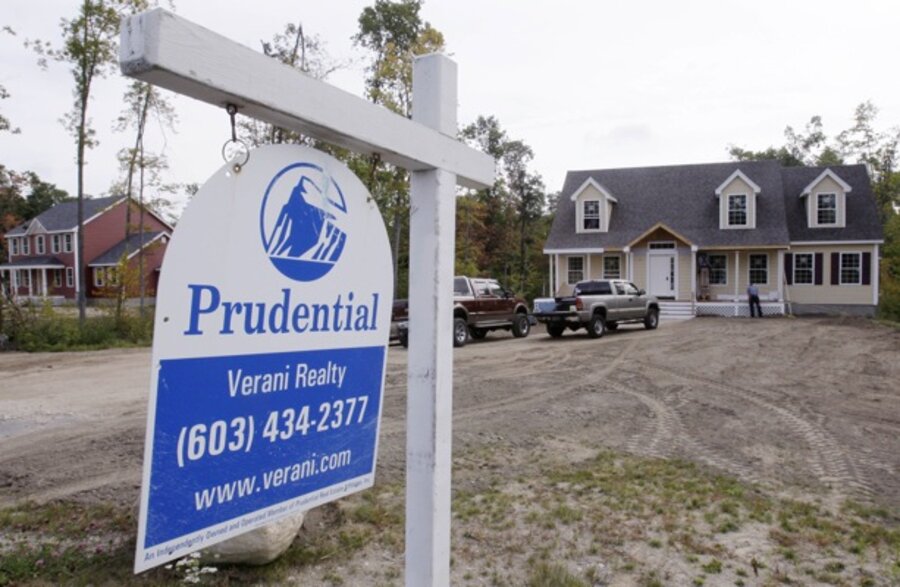The coming ‘double dip’ in real estate
Loading...
Zillow reports a double dip in real estate prices in 12 American cities, while The Federal Housing Finance Agency (formerly OFHEO) has released new data showing that housing prices nationwide are going nowhere. Meanwhile, Bank of America has announced that it will begin writing down the principal on $3 billion worth of loans.
These are all good developments for many people, of course, since it means both that for-sale housing continues to become more affordable and that mortgage servicers are beginning to come to grips with reality, which will help home prices move to prices that reflect actual market demand.
It’s probably a safe bet that most of the non-performing loans being serviced by B of A were originated by Countrywide before it was acquired (viz., bailed out) by B of A. And given that the ratio of non-performing loans in general are at an all-time high, B of A and the investors who actually own the loans have probably come to the conclusion that it is best to have some revenue rather than foreclose and have zero revenue.
The B of A move with single-family is a move toward the sort of “amend, extend and pretend” strategy that is now being employed in dealing with problematic commercial loans. Although such a strategy is viewed with resignation in the industry it is probably preferable to the strategy of most single-family loan servicers which is probably best described simply as “pretend.”
The possibility of an extended double dip likely won’t be a surprise to those who’ve long wondered what would happen after the home-purchase tax credits took their course. The first credit from last fall, which provided a tax credit of $8,000 to first-time buyers set of a mild buying spree in many markets, propping up home values in the 3rd quarter of last year. Congress extended the credit beyond first-time buyers to a rate of $6,500 for repeat buyers. The second credit is scheduled to expire in April. The second credit appears to have not produced nearly the bump the first one did, and a second extension is likely to produce even less of a bump.
Yet, the credits and the frantic efforts by the Fed to keep interest rates low have produced a nationwide decline in home values of 1.2 percent. Nevada is still off by 17 percent and Arizona is off 13 percent, year over year. The feds can claim that things might have been much worse, but the fall out of this policy of subsidize and inflate has yet to be seen.
Again, from an Austrian perspective, the decline in home prices is a good development since it moves housing toward a price that reflects demand. However, the Federal government’s policy has been to prop up home prices and to produce another housing boom in the belief that this will drive job creation and economic growth.
The anemic growth in home prices nicely illustrates the limits of efforts by Congress and the Fed to produce a new boom through subsidy and monetary expansion. The feds have simply been unable to do anything about the 8.5 million American jobs lost since the peak of the boom, and without job creation, it’s difficult to see where home sellers will find legions of ready buyers no matter how low the interest rate is. Back in the boom times, Indymac and Co, may have been happy to hand out loans to people without jobs, but those days are over. At least for now.
As the Austrians predicted, the current federal strategy has done little more than drag out the recession indefinitely as home prices are prevented from finding a true bottom while resources should have been allocated elsewhere. The absurdly low interest rates that accompany such a strategy have failed to produce the desired spending, but they have successfully prevented Americans from engaging in any meaningful amounts of savings or investment.
Add/view comments on this post.
------------------------------
The Christian Science Monitor has assembled a diverse group of the best economy-related bloggers out there. Our guest bloggers are not employed or directed by the Monitor and the views expressed are the bloggers' own, as is responsibility for the content of their blogs. To contact us about a blogger, click here. To add or view a comment on a guest blog, please go to the blogger's own site by clicking on the link above.





